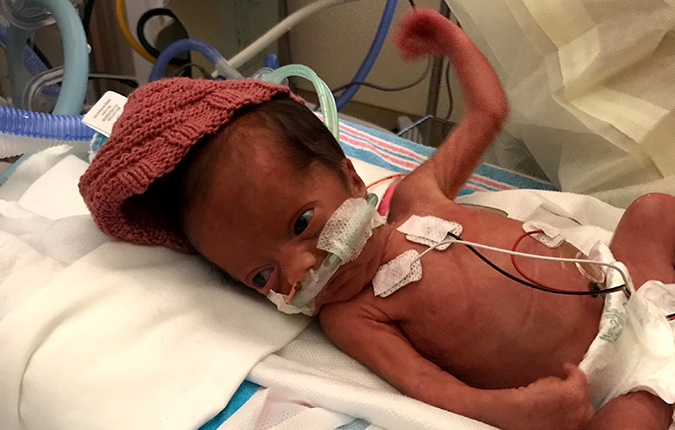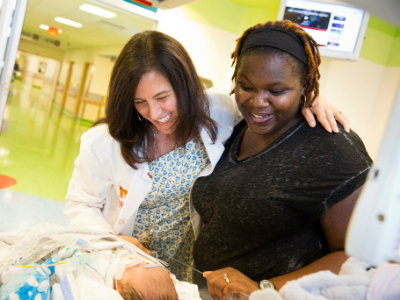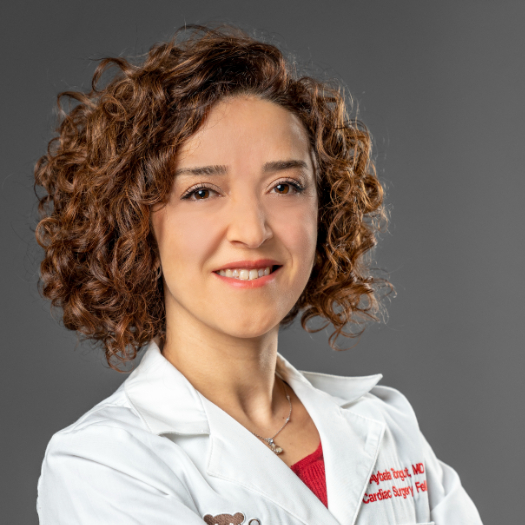Condition
Pediatric Ventricular Septal Defect (VSD)
Key Points About Ventricular Septal Defect (VSD) in Children
- A VSD is an opening in the dividing wall between the two lower chambers of the heart.
- The size of the opening affects how severe your child’s symptoms are.
- Small VSDs may close on their as your child grows. If your child has a larger VSD, he or she will likely need surgery or a cardiac catheterization to fix it.
- Most children whose defects close on their own or who have VSD repairs will live normal, healthy lives.
Frequently Asked Questions
What is a ventricular septal defect?
What causes a VSD in children?
What are the symptoms of a VSD in children?
How is a VSD diagnosed in children?
How is a VSD treated in children?
What are possible complications of a VSD in children?
How can I help my child live with a VSD?
When should I call my child's healthcare provider?

Cardiac Surgery at Children's National Hospital
The pediatric heart surgery team at Children's National Hospital performs twice the number of surgeries of any other hospital in the region, with some of the best outcomes in the nation. Discover more about how we can help your child.


Cardiac Surgery Outcomes Data
Learn about some of the lifesaving surgeries our pediatric heart experts perform each year at Children's National. Find data about the number of operations, how long children stay in the hospital after surgery (length of stay), and how well they recover after surgery (outcomes).

Providers Who Treat Ventricular Septal Defect (VSD)
 Aasha's Rare Gift Will Help Other Babies Grow up Healthy
Aasha's Rare Gift Will Help Other Babies Grow up HealthyTesting the descrption field
Departments that Treat Ventricular Septal Defect (VSD)

Cardiac Imaging
We have expertise in the full spectrum of cardiac imaging, including transesophageal, prenatal, 3-D, intracardiac, and stress echocardiography and cardiac MRI.











